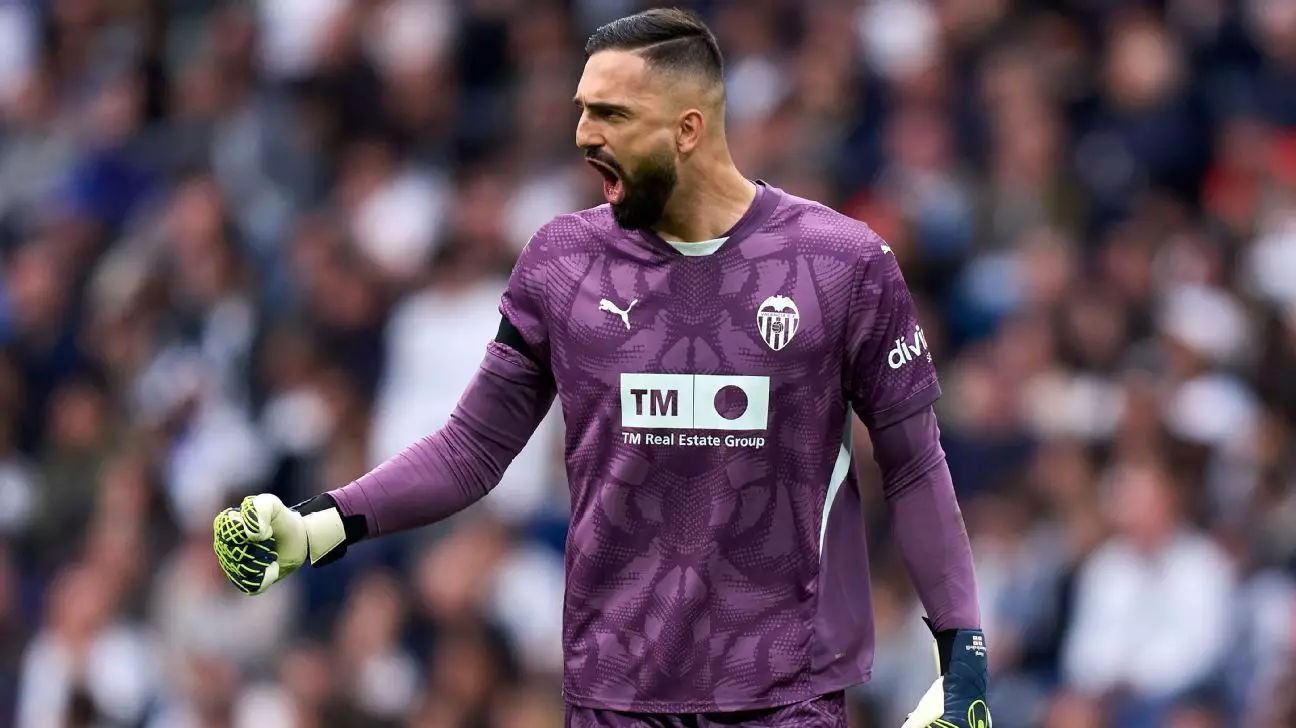As anticipation builds for the 2025 summer transfer window, the football landscape is poised for significant shifts. This year’s window will be unlike any other, primarily influenced by the kickoff of the FIFA Club World Cup on June 15. This prestigious tournament not only draws attention to elite clubs but also necessitates a tailored approach to player transfers. With many participating teams needing to solidify their rosters, FIFA has ingeniously implemented an early registration period from June 1 to June 10. This initiative allows associated clubs the option to finalize signings ahead of the competition. However, this additional window is optional, sparking curiosity about how many clubs will take advantage of this opportunity as their strategies unfold.
While the allure of immediate signings during the stipulated window is compelling, many clubs often find value in waiting. Teams may opt to assess player performances in the early stages of the tournament before committing to new talents. This decision-making process places immense pressure on management to balance immediate needs with long-term vision, raising the stakes significantly.
Juxtaposing Traditional Transfer Timelines
Under normal circumstances, Europe’s transfer windows open on July 1, with a typical deadline set for August 31. However, the unique circumstances of the summer of 2025 introduce a significant tweak: the closing date for transfers is moved to September 1, as August 31 falls on a Sunday. This change, confirmed through collaboration among the top five European leagues, highlights the necessity for adaptability within the evolving dynamics of international football.
Furthermore, the European landscape will see varied approaches. While leagues like La Liga, Serie A, and the Bundesliga will all commence their regular windows on July 1 and conclude on September 1, clubs will still engage in tactical discussions, making crucial decisions in preparation for the upcoming season. The challenge remains for clubs in leagues with overlapping timelines to maximize their recruitment efforts while contending with rival teams’ approaches to transfer policies.
Late Developments and Free Agent Scrutiny
An intriguing facet of the 2025 transfer scene revolves around the ability of clubs to sign free agents beyond the window’s closure. This flexibility permits teams to engage in strategic moves that could reshape their lineups well into the autumn. However, clubs must carefully navigate this terrain, as assembling a competitive roster requires not only scouting talent but also meticulously assessing the fit within current squad dynamics.
The ramifications can stretch beyond just the immediate acquisition of players. For instance, clubs participating in the Club World Cup will have the chance to replace players whose contracts have expired between June 27 and July 3, thus enabling them to retain competitiveness through strategic recruitment. This maneuverability could significantly alter team compositions as managers seek to bolster their ranks, reflecting the increasingly fluid nature of player transfers.
European Giants and Their Strategic Moves
As the leading clubs—such as Chelsea, Manchester City, Atletico Madrid, and Bayern Munich—gear up for this significant tournament, their transfer strategies will undoubtedly be observed closely. As they balance the demands of their respective leagues with the pressing need for a strong showing in the Club World Cup, club executives face pivotal decisions in recruitment. With clubs like PSG ensuring they optimize their window to strengthen key areas, the pressure is on across the board.
In this high-stakes environment, executive leadership and scouting become paramount. Clubs may choose to delve into uncharted waters, identifying up-and-coming talents who can make immediate impacts alongside seasoned veterans. The nuances of each club’s approach will make this transfer window one of the most watched in recent history, showcasing the strategic minds behind football’s elite organizations.
Global Perspectives on Transfer Decentralization
Beyond European clubs, the global transfer landscape remains vibrant. With Ligue 1, Major League Soccer (MLS), and leagues in Mexico, Australia, and beyond navigating their placement alongside the overarching structure dictated by FIFA, the importance of effective communication and strategy among leagues cannot be overstated. This presents a puzzle that clubs and authorities must solve as they determine the most advantageous transfer strategies pertinent to their own contexts.
The staggered opening dates further highlight the intricacies of managing player transactions in a congested market. As local transfer windows overlap with international tournaments, teams must negotiate effectively, ensuring every potential avenue towards strengthening their lines is explored to its fullest.
The evolving nature of the transfer window, combined with the unprecedented twists introduced by the Club World Cup, outlines a compelling narrative for the football community. Clubs must embrace innovation and agility while ensuring they remain competitive on all fronts. The summer of 2025 is set to redefine strategies, player relationships, and the overall landscape of football.

